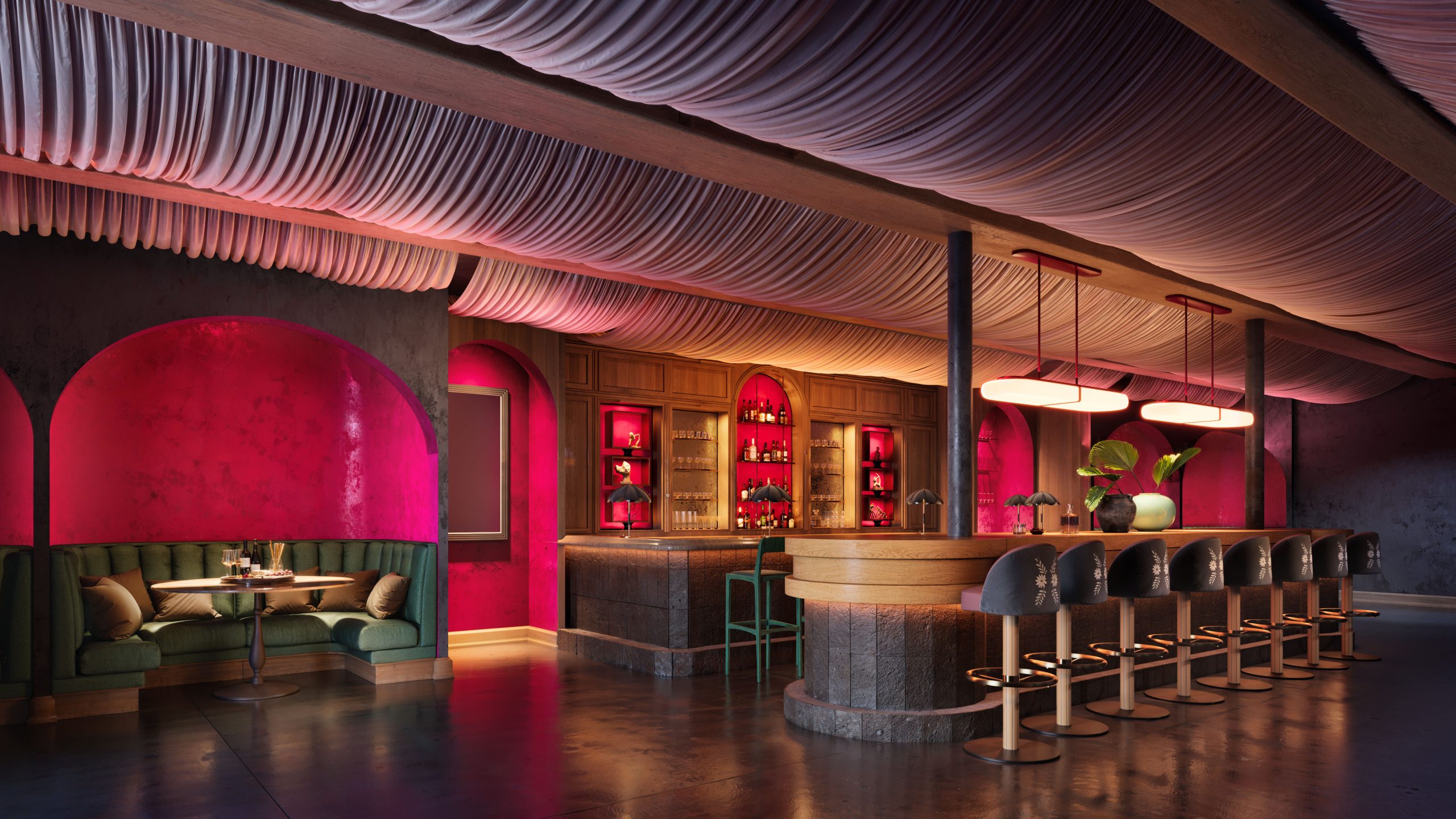
Real-Time Visualization with Unreal Engine and Pixel Streaming
In today’s real estate market, standing out means going far beyond glossy brochures and static renderings. What drives projects forward now is the ability to deliver a real-time experience that is immersive, interactive, and accessible from anywhere. At our architectural visualization studio, we bring that vision to life using Unreal Engine combined with the power of pixel streaming in AWS, allowing clients to step inside their future projects without the need for specialized hardware or in-person meetings.

What Sets Modern Visualization Studios Apart
For years, developers relied on static images or scheduled in-person presentations to review new projects. Those days are fading fast. Our architectural visualization studio uses Unreal Engine to create interactive environments that feel authentic and alive. When combined with cloud-based pixel streaming, this workflow puts the entire project within reach of your laptop, tablet, or even your phone, no expensive hardware or complex installations required.
The traditional limits are gone. Whether your team is local or spread across continents, everyone can experience and interact with the project in real time. This is not just a technical upgrade; it’s a new way to collaborate, make decisions, and move confidently from concept to closing.

How Pixel Streaming and Unreal Engine Work Together
The secret sauce is in how we connect the dots between high-fidelity 3D design and practical, everyday access. Unreal Engine provides the horsepower, delivering photorealistic renderings, smooth navigation, and interactive features like finish changes, furniture swaps, and lighting adjustments.
Pixel streaming, powered by AWS, shifts all the heavy processing off your device and into the cloud. Your project is hosted on secure, scalable AWS servers. When you access it, you’re actually streaming live visuals rendered by Unreal Engine, just like joining a Zoom call or watching a high-quality video, but with the ability to control and explore the 3D environment as if you were walking the site yourself.
There are no downloads, no need for a graphics workstation, and no more lag time between design meetings and actionable feedback. This is a real-time experience that fits seamlessly into your existing workflow.

Why This Matters NowReal-World Benefits for Developers
For real estate developers, this approach truly changes the game at every stage of a project. In the pre-development and pitching phase, you can present fully interactive models to partners, investors, or municipal boards. Rather than relying on static images, you are able to walk everyone through site plans, zoom into specific details, and answer questions on the fly. Remote stakeholders can join these sessions from anywhere in the world, participating as if they are right in the room with you.
When it comes to design collaboration, working with architects, engineers, and designers becomes seamless. Everyone gathers in the same virtual environment, where different materials or layouts can be tested instantly. Input is gathered in real time, and changes are made on the spot, giving every team member immediate insight into the evolving design.
For sales and marketing, the benefits are just as significant. Potential buyers or tenants can be offered guided tours of spaces that have not even been built yet. Clients have the chance to customize finishes or explore various unit options with ease. Pixel streaming eliminates barriers, enabling sales teams to present projects whether they are on-site, in the office, or even at international events, all without the need for special equipment.
Perhaps most important of all, this technology builds client confidence. Misunderstandings are reduced and surprises are minimized, which means approvals come more quickly. When clients experience their future building as a living, interactive environment, decisions become faster, clearer, and far more informed.
An Example from the Field
Recently, we worked with a global developer preparing to launch a new mixed-use community. The client team was scattered between New York, London, and Dubai. Using our pixel streaming solution hosted in AWS, everyone joined live, real-time sessions and walked through the master plan, viewing different apartment layouts, trying out amenities, and even exploring landscaping concepts. The design process moved quickly, and feedback was captured instantly. No flights or hardware shipments were necessary, just a secure browser link and an internet connection.
Why This Matters Now
The expectations of buyers and investors are higher than ever. Developers who can offer a cutting-edge, real-time experience have a clear competitive advantage. Our studio is set up to deliver this seamlessly, combining industry expertise with technical know-how. We handle the cloud hosting, manage the streaming, and support your team every step of the way. You get the benefit of world-class visualization without the hassle or extra costs.
Ready for the Next Step?
If you are a developer looking to transform your approach to presentations, design reviews, or sales, our architectural visualization studio can get you up and running fast. With Unreal Engine and pixel streaming in AWS, you no longer need dedicated hardware or in-person meetings to get everyone on board. Instead, you can offer a real-time experience of your project—accessible anywhere, anytime, and on almost any device.
Contact us today to see a live demo or to discuss how we can help bring your next development to life. The future of architectural visualization is here, and it is designed to move your projects forward.

















